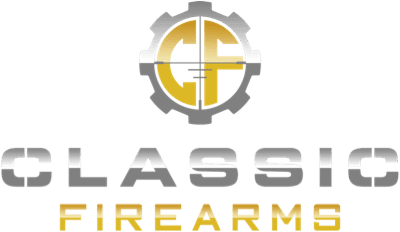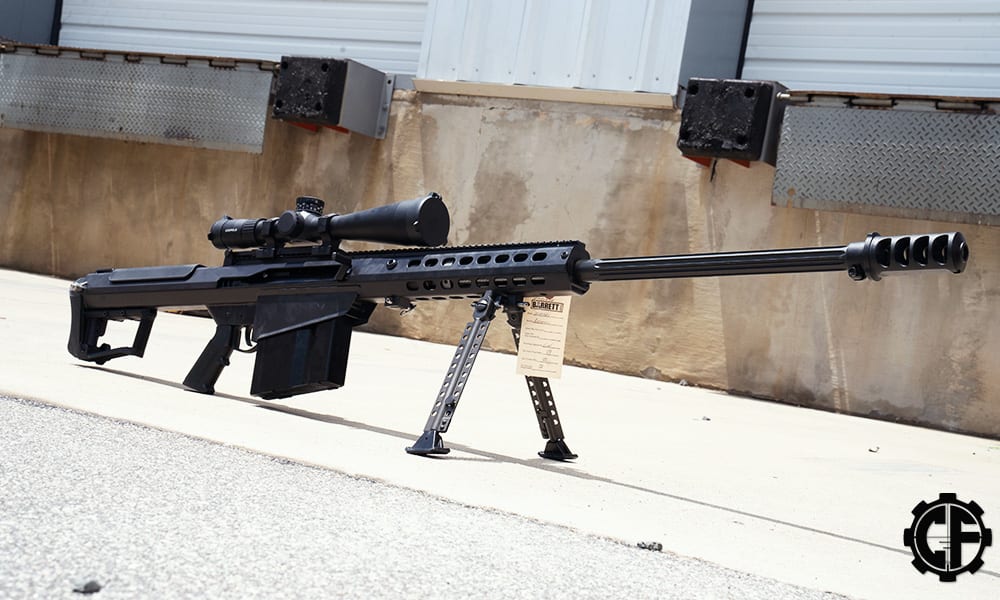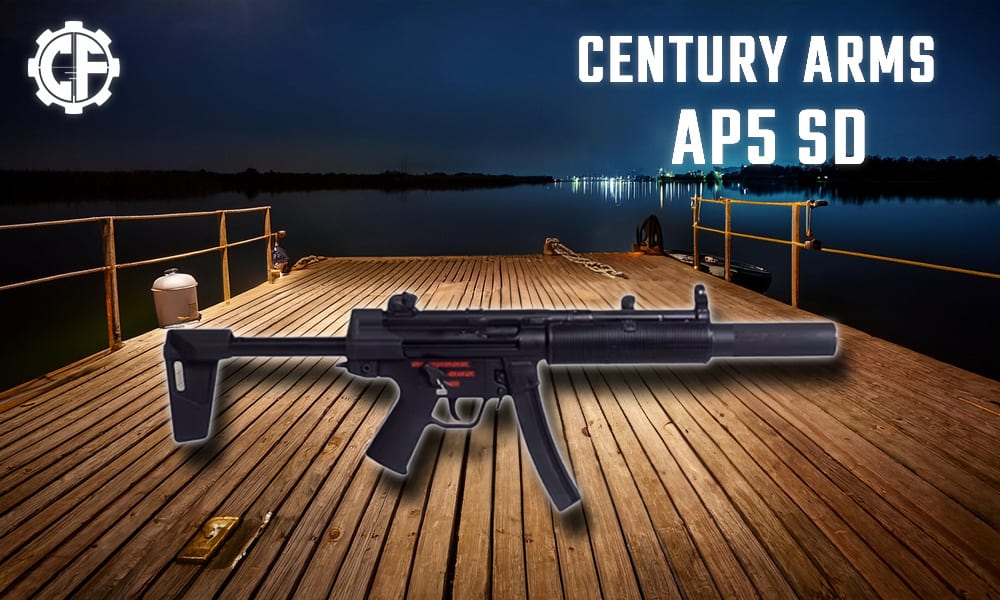When it comes to hammer-fired pistols, there are two main firing mechanism categories: single-action and double action. Single-Action Revolver The simplest single-action handguns are single-action revolvers. Cocking the hammer moves the next round into position to be fired. Because of this conscious action of retracting (cocking) the hammer, single-action revolvers typically do not have any manual safety. The Colt 1873 single-action Army is a prime example of this type of revolver. Single-action revolvers have largely fallen out of favor for a defensive option in the last 100 or so years. Many still enjoy single-action revolvers
for recreational use or when they demand absolute simplicity. 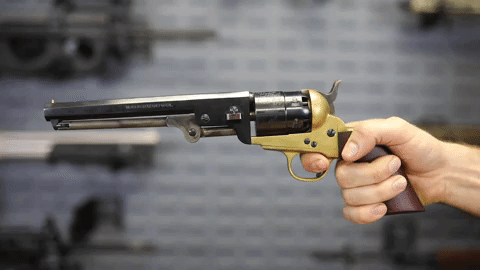
Traditions 1851 Black Powder Navy . 44 Single-Action Revolver.
Single-Action Pistol In self-loading handguns (semi-automatic) the energy from the fired round is harnessed to load the next round. Racking the slide loads a fresh round from the magazine and simultaneously cocks the hammer. At this point, the pistol is ready to fire, or the safety lever can be applied. This mode is known as "cocked and locked", or Condition One. Some shooters prefer single-action
due to simplicity and the crisp trigger. On the other hand, one must remember to take the safety off when it is time to shoot. Examples of this type include the Colt 1911 and Browning Hi-Power. 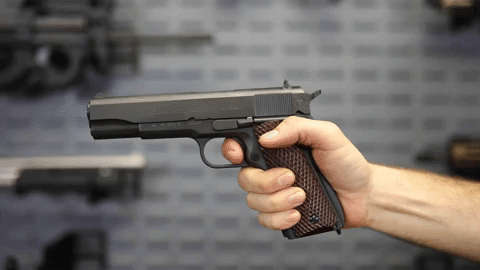
American Tactical Imports FX45 1911 .45 ACP Single-Action Pistol.
Double-Action Revolver Just as the name implies, double-action revolvers feature two modes of action. In double-action revolvers, pulling the trigger both cocks the hammer and advances the cylinder to the next round. The trigger pull is long and heavy because it accomplishes the cylinder rotation and hammer cocking. Since the trigger pull is long and heavy, requiring a deliberate motion, double-action revolvers usually do not have a manual safety catch. For a short, crisp trigger pull, the shooter can also manually cock the hammer which is single-action. Dirty Harry's Smith and Wesson Model 29 in 44 Magnum is a proper example of a double-action revolver. 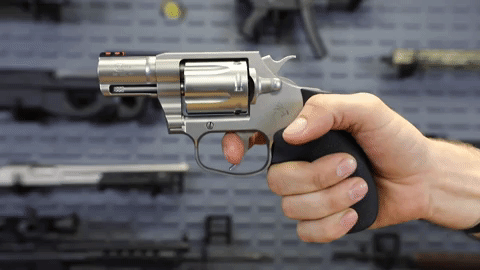
Colt Cobra .38 Special Double-Action Revolver.
Double-Action Pistol Lastly, we have double-action pistols (auto-loaders). Just like a single-action pistol, racking the slide chambers a round and cocks the hammer. The first trigger pull will be long and heavy since it must also cock the hammer. Subsequent shots operate in single-action mode with a light trigger pull. Some models will only have a decocker, such as the Sig Sauer P226. Similar to a double-action revolver, the double-action pistol
is faster into action. 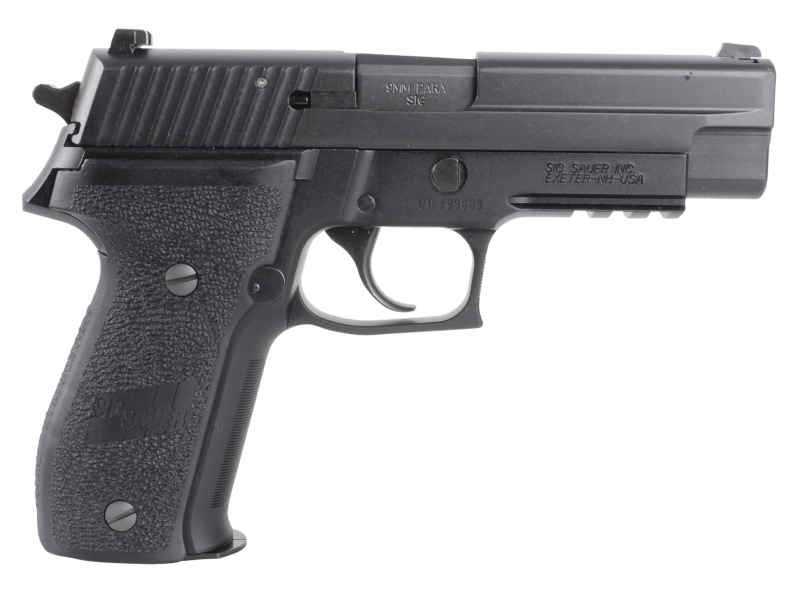
Sig Sauer P226 Double-Action 9mm Pistol.
Double-Action Pistol Variants
- Decocker: Some designs feature a control called a "decocker." This control drops the hammer, causing a mechanical block to stop the hammer from detonating the primer. The hammer falling can be unnerving to new shooters, however in pistols with this design, the step is perfectly safe. The decocked mode is a perfectly safe way to carry. The classic Beretta 92S features a decocker lever.
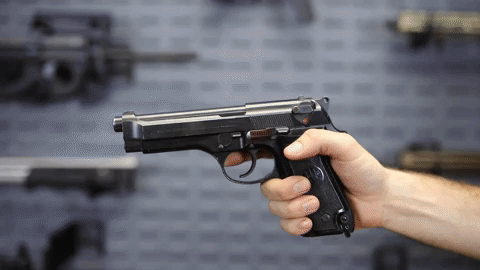
Beretta 92S Double-Action 9mm Pistol.
- Double-Action with Manual Safety: Some double-action pistols include a manual safety lever. Double-action pistols are designed to be carried "cocked and locked" or in Condition One. First and subsequent shots are in single-action mode. The trigger can be pressed again in the event of a faulty primer which will cause the hammer to retract and fall. CZ75 pistols incorporate manual safeties.
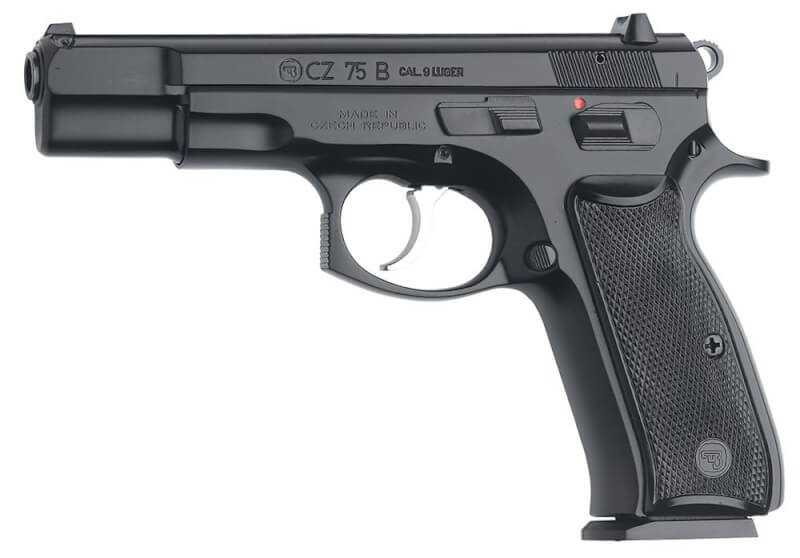
CZ75B Double-Action 9mm Pistol.
- Combination Double/ Single-Action: Some folks need to have it both ways. Luckily, other double-action handguns feature both a decocker lever and manual safety. These pistols can be carried Condition One or decocked. The H&K P30S V3 incorporates both controls.
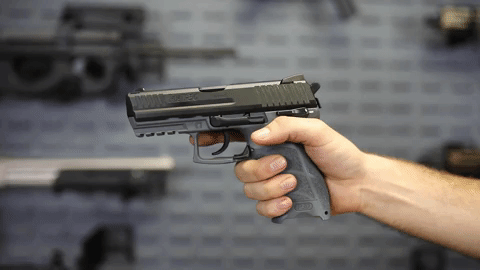
H&K P30S V3 Double-Action 9mm Pistol.
Conclusion Pros and cons exist for single and double action handguns. Single-action revolvers have short; smooth trigger pulls yet are slower into action because the hammer must be manually cocked. One can fire a double-action revolver immediately with a simple trigger pull. Double-action revolvers present unique challenges, though. They are harder to shoot proficiently due to the long heavy trigger pull, which tends to send rounds off target. The price of the short trigger pull of single-action semi-auto handguns is that one must remember to disengage the safety, which is difficult under stress. Double-action semi-auto handguns
also suffer from a heavy first trigger pull yet offer increased versatility over single-action. While some actions are better than others, training can help one master each type.
